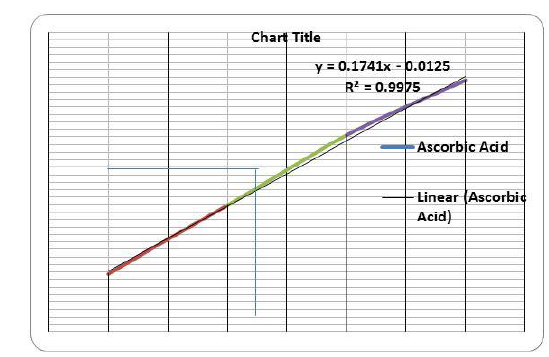Comparative studies on antioxidant properties of wild and cultured shrimps
DOI:
https://doi.org/10.17762/sfs.v7i2.133Keywords:
Shrimp, DPPH, AntioxidantAbstract
The aim of the study was to compare the antioxidant potential on edible parts of wild Penaeus species (P. semisulcatus, P. indicus, P.monodon and Metapenaeus monoceros) and culture Penaeus species (P. vannamei, P.monodon). Antioxidant properties of the samples were assessed using 1, 1- diphenyl-2- picrylhydrazyl and hydrogen peroxide radical scavenging assays for ascorbic acid equivalents. Various concentrations of methanolic extract of the sample (4.0mL) were mixed with 1.0mL of methanolic solution containing DPPH radicals, resulting in the final concentration of DPPH being 0.1mM and IC50 value was calculated. From the results, the culture species P.vannamei was recorded maximum inhibition 97.69% at 4000 µg /mL followed by P.monodon (culture) 96.62% with IC50 value at low concentration 2500 µg /mL. On comparing wild Penaeus species, P. indicus shown the maximum inhibition of 92.68% at 4000 µg /mL with IC50 at 2000 µg /mL and Metapenaeus monoceros shown 92.56% at 4000 µg /mL, IC50 value 2500 µg /mL, respectively. Hence the study revealed that both wild and cultured shrimps are rich in antioxidant property observed by DPPH radical scavenging activity. Shrimp could be a unique source of the antioxidant and prevent the reduction of oxidative stress.










